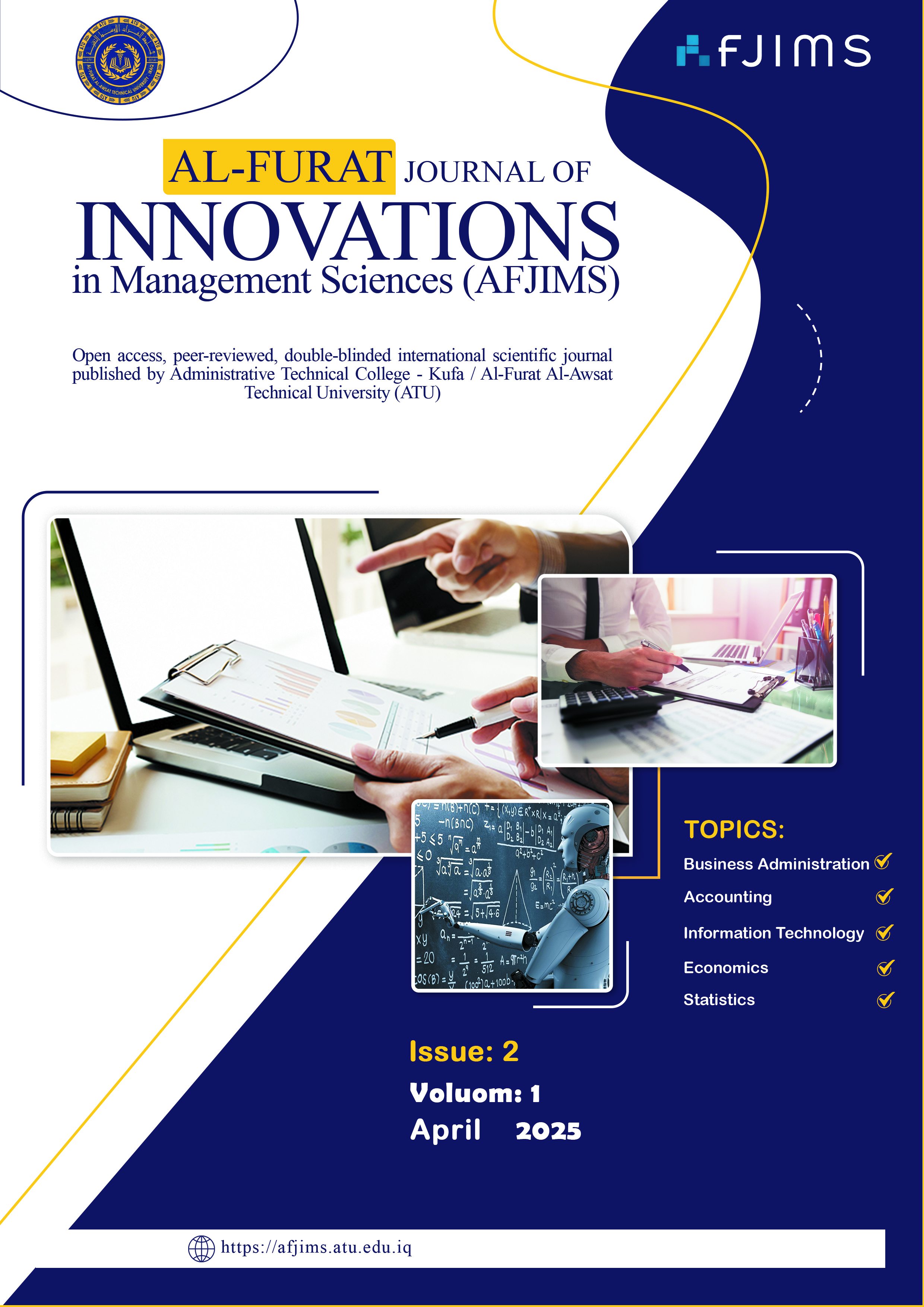THE HUMAN DEVELOPMENT PATH IN IRAQ FOR THE PERIOD (2004-2022)
Abstract
The topic of human development nowadays is one of the most important issues that occupy the minds of societies worldwide. The delay in human development efforts and the lack of focus on individuals not only affect them but also impact the entire nation's progress, hindering its development. Therefore, the aim of studying research arises as it sheds light on the reality of human development in Iraq. Hence, the importance of studying research arises as it sheds light on the reality of human development in Iraq, and provides an analysis of the effects and roles of (health, education and living) based on the analytical descriptive method and the quantitative method and using the Autoregressive Distributed Lag (ARDL) Model based on time series data for the period (2004 - 2022) and using the program (Eviews12). The research reached a number of conclusions, including that government spending on health and education and the fixed GDP per capita have a positive role and impact on human development in the short and long terms in Iraq, meaning that there is a direct relationship between health and education spending, the fixed GDP per capita, and human development, where increasing spending in these areas and increasing GDP per capita led to an increase in human development. The research also concluded that the ISIS war has a negative impact on human development in the short and long terms in Iraq, but not at the required level. Therefore, it is necessary that the decision maker in Iraq works towards rationalizing government spending on health and education and working to raise per capita income and reduce poverty.





